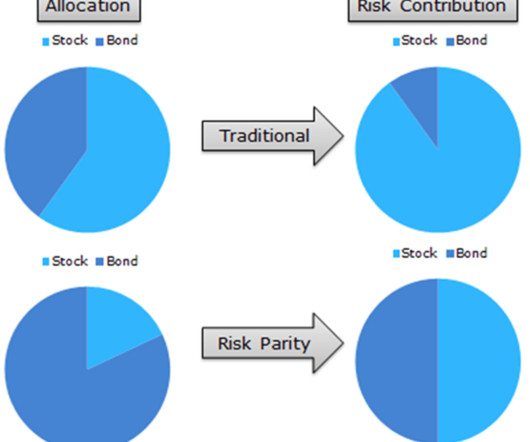Managing machine learning in the enterprise: Lessons from banking and health care
O'Reilly on Data
JULY 15, 2019
In our experience, many of the most popular conference talks on model explainability and interpretability are those given by speakers from finance. After the 2008 financial crisis, the Federal Reserve issued a new set of guidelines governing models— SR 11-7 : Guidance on Model Risk Management. Sources of model risk.















Let's personalize your content